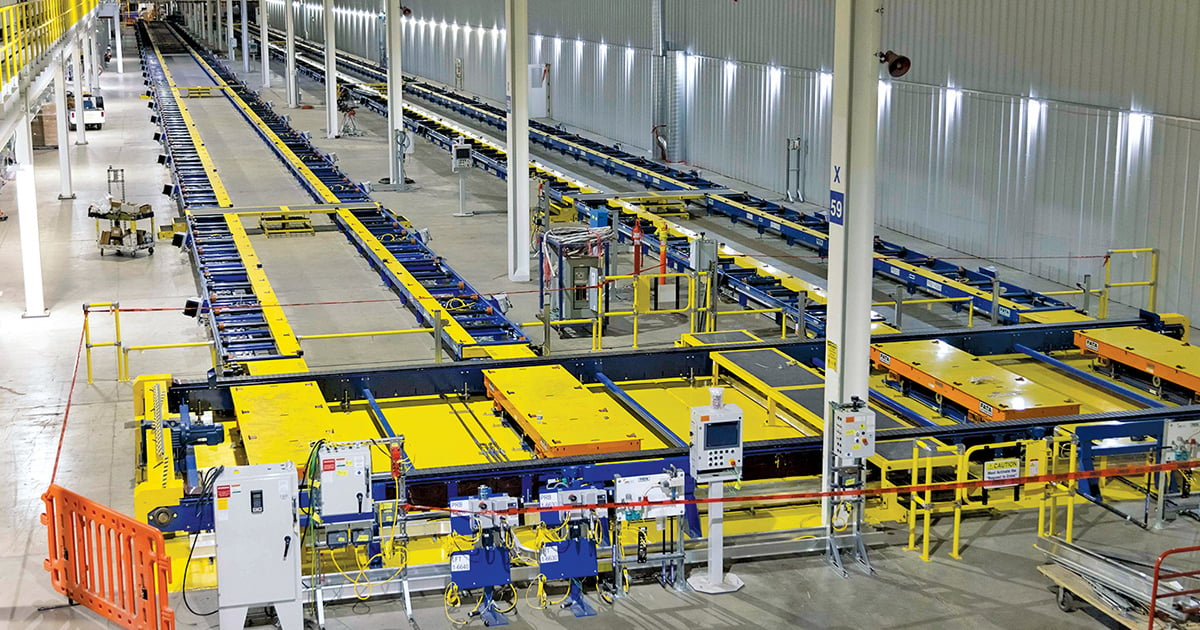
FLINT, Mich. — As General Motors transitions its vehicle lineup away from internal combustion engines, it isn’t planning to build or close any plants, the automaker’s top manufacturing executive said.
Instead, GM plans to use its existing manufacturing footprint as it shifts to electric vehicles — converting some plants to build only EVs and others to build both electric and gasoline vehicles, Gerald Johnson, GM’s executive vice president of global manufacturing and sustainability, told Automotive News.
GM will add more EVs to its lineup this year while also maintaining production of combustion models. This week, GM committed to invest more than $1 billion at two plants in Flint, Mich., for the next generation of its gasoline-powered heavy-duty Chevrolet Silverado and GMC Sierra pickups.
It previously converted its Detroit-Hamtramck assembly plant in Michigan into Factory Zero, its first all-EV plant, to build the GMC Hummer EV pickup and SUV and soon will add electric versions of the Silverado and Sierra. GM will begin building electric pickups at Orion Assembly in Michigan after production of the Chevrolet Bolt EV and EUV ends this year. The Bolts are built on the automaker’s previous-generation battery architecture, while future EVs will be built on its Ultium platform.
In Spring Hill, Tenn., GM is building the gasoline-powered Cadillac XT5 and XT6 crossovers together with the electric Cadillac Lyriq midsize crossover in the same assembly plant complex.
“I’m sure we will do more all-EV plants, but we assess every plant based on its infrastructure and what it can handle and what we can convert, [refurbish] or maybe even just expand slightly so that we can accommodate what we need for EV production and for ICE production,” Johnson said in an interview this week at Flint Assembly, where the automaker plans to invest more than $700 million.
Johnson said he does not anticipate that GM will close any facilities, adding that the company’s goal is to efficiently use its existing footprint.
“Right now, we believe we have the right bandwidth to support the balance,” he said. “It’s not a perfect science. Forecasting has one promise — that it’ll be wrong. The question is, can you adjust as it goes? We’re trying to keep that flexibility and that bandwidth to be able to flex up EVs or ICE as we move forward, knowing that the transformation is still going to happen over time.”